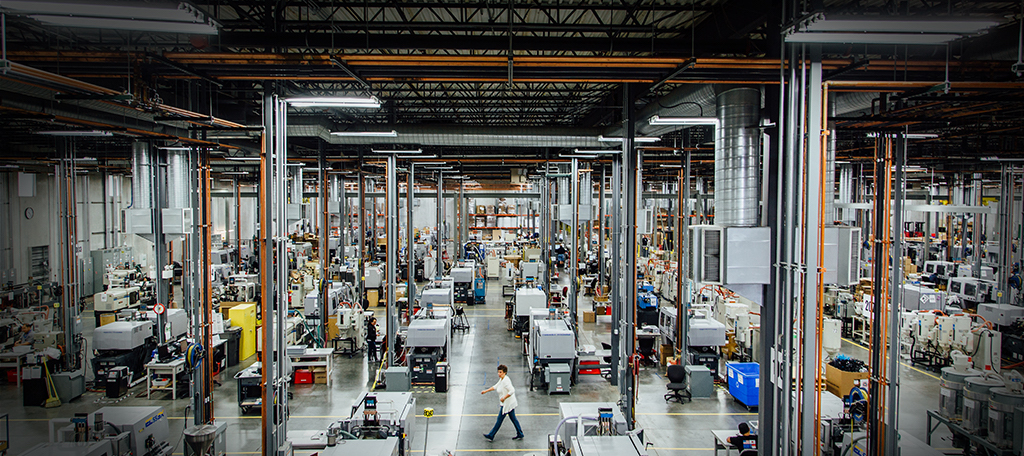Overcoming Designing for Manufacturability with Additive Manufacturing

Design for manufacturability is a proactive process used to maximize the design of components for the intended manufacturing process. Let’s take a look at how we can use this process can be improved or eliminated with the use of additive techniques.
Looking over the typical manufacturing processes of machining, casting, injection molding, and forming, we see the shortcomings in each technique. When you design with injection molding, you are bound by many limits determined from quality assurance to assembly issues. Apart from being limited to solid components, you are also limited by shapes and designs of parts to allow for mold separation. However, what if you don’t need a solid structured part or maybe if you need one with a complex shape? With previous forms of manufacturing, you would be kind of stuck, but not with AM.
Let’s look again to machining, one of the many great forms of manufacturing, yet full of limitations. When your part is being machined, there is room for operator error and you are limited in degrees of freedom from the machining head. While you can generally design around these constraints, why do it when you don’t need to? Each manufacturing process you want to use requires that you have some knowledge of how it works when you design a component. All the time you spend learning about how a manufacturing machine works could be spent improving upon your original design. Manufacturing capabilities have been significantly restrained for thousands of years, and no longer should engineers have to work around these issues.
You should be starting to get an idea in regards to the downsides presented with DFM, but let’s discuss it further. It’s something we do on a daily basis, yet it’s time-consuming and can be costly. In situations where AM is applicable, it can compensate for many of the downsides of traditional techniques.
You may also want to focus on improving the design and functionality of a part, but given time constraints and the need of DFM, you may not get a chance. Eliminating the need for DFM in a project allows for you to focus your energy on actually improving your designs, rather than hassling with manufacturing. While focusing on manufacturability may decrease cost, you can significantly increase value for the client by focusing on improving design and functionality. Compromising on design just to make a product manufacturable hurts both you as the engineer and the integrity of the end product.
In the end, engineering workflows would be significantly improved if we didn’t have to focus on manufacturability on a daily basis. Additive solves some of these issues, but it is not yet a cure-all to the stresses of DFM. Since it is unlikely that we will ever gain a manufacturing process that can produce parts out of thin air, DFM will always be necessary when examining the constraints of the production process.
Focus on minimizing your time spent on DFM so you can do more of what you do best, make things.
The post Overcoming Designing for Manufacturability with Additive Manufacturing appeared first on Inventor Official Blog.
Industries


Sign Up to get our monthly news Letter
About Us
All Rights Reserved | Mitchell and Son Additive Manufacturing Ltd | Registered Company in England and Wales | Company Number : 12038697
| Public Liability Insurance no. 14615097
Insurer: AXA XL











